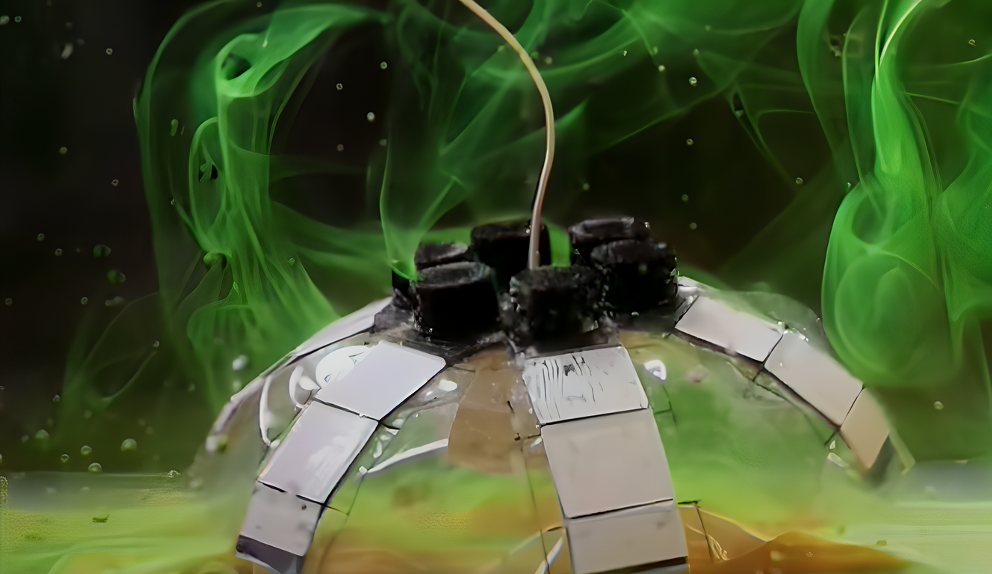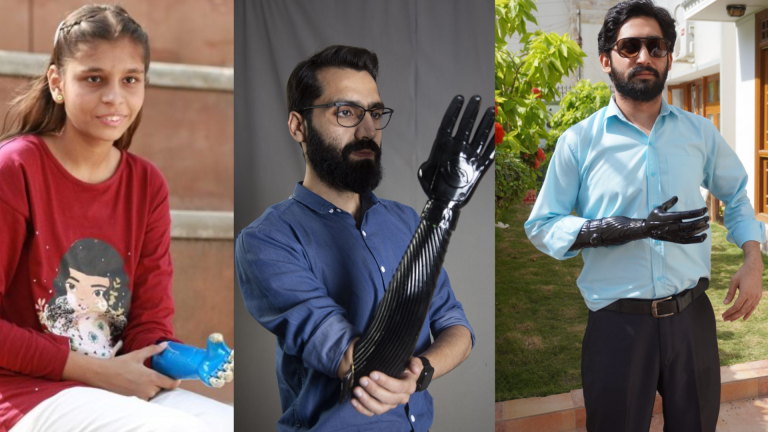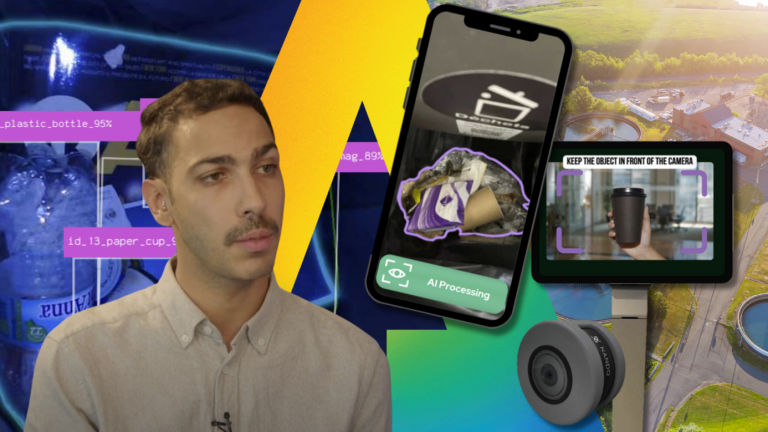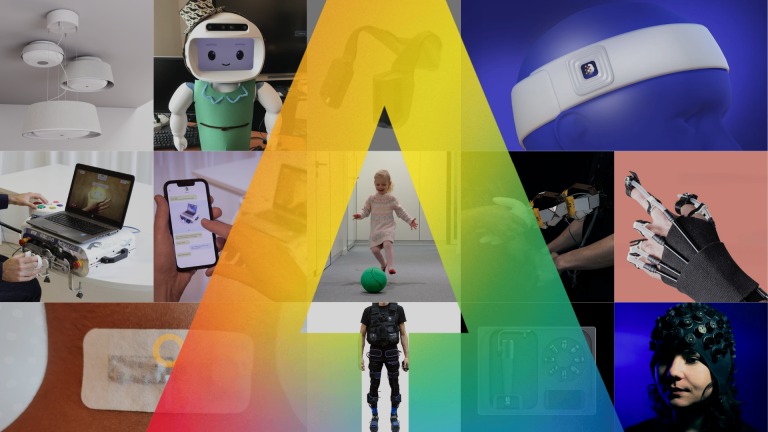“Navigating the Future: How Robots Are Revolutionizing Ocean Conservation and Safeguarding Marine Ecosystems”
In the face of urgent environmental issues like climate change and pollution, the role of robotics in ocean conservation is becoming increasingly pivotal. Influential experts such as Professor Martin Ludvigsen, Assistant Professor Tianlu Wang, Research Scientist Nic Carey, and Professor Stefan Williams engage in enlightening discussions that reveal the groundbreaking potential of robotic technology to protect and rejuvenate our oceans. Their dialogues explore a range of applications, from autonomously managing coral fragmentation to the gentle engagement of marine life through soft robotics. As we tackle the intricate aspects of ocean conservation, these conversations shed light on how robotics can significantly enhance our methods for preserving marine biodiversity and addressing environmental crises.
The oceans are essential for life on Earth, yet they are under severe threat from pollution and the impacts of climate change. Robotics has emerged as a vital ally in countering these issues, providing innovative strategies to safeguard marine ecosystems. During the AI for Good Webinar titled “Robots for Ocean Conservation: Combating Pollution and Preserving Marine Life,” moderated by Brett Hobson, a mechanical engineer at the Monterey Bay Aquarium Research Institute, participants emphasized the essential role of robotics in enhancing ocean conservation initiatives, particularly in remote and hard-to-reach regions.
Mr. Hobson directed the conversation towards the importance of utilizing state-of-the-art technology to explore the ocean’s depths, where conventional methods often struggle. Through his adept moderation, he highlighted the transformative promise of robotics, serving as a beacon of hope for the protection of marine environments.
**Unlocking Ocean Productivity**
Leading the conversation are AI-driven robots coupled with cutting-edge research. Professor Martin Ludvigsen from the Norwegian Technical University introduces us to operational robotics in the open ocean, identifying significant areas of productivity and biological hotspots. The immense scale of the ocean presents challenges in comprehending its ecosystems, making continuous monitoring difficult. Professor Ludvigsen’s research showcases how robotics and autonomy can be integrated effectively to perceive and navigate underwater environments.
A major hurdle in ocean sampling is accessing remote locations where traditional methods often fail to gather essential data. Advancing ocean observation through an AI-powered mobile robotic explorer presents exciting possibilities. AI methodologies enhance predictive accuracy, reduce measurement uncertainties, and speed up sampling processes with high spatial and temporal resolution. By employing intelligent onboard sampling, researchers can target specific mesoplankton taxa, utilizing a processing pipeline integrated with imaging, supervised machine learning, hydrodynamics, and AI planning. This method streamlines the laborious task of identifying aquatic species, thus enhancing our oceanographic observation capabilities.
“We can introduce a trained detection system into the ocean that will recognize coral reefs, shipwrecks, and other marine objects,” shared Professor Martin Ludvigsen.
**Soft Robotics in Marine Conservation**
Next, Assistant Professor Tianlu Wang from the University of Hawaii discusses the game-changing possibilities of soft robotics in marine conservation. Built with flexible materials, soft robots offer a fresh approach to navigate and interact with marine habitats. Taking cues from nature, Professor Wang’s research focuses on creating adaptable robotic systems that can operate safely within sensitive ecosystems, such as coral reefs. By mimicking the fluid movements of jellyfish, these robots present innovative solutions for tasks like object manipulation and transportation, all while minimizing disturbances to marine life.
Globally, oceans cover 70% of the Earth, yet remain largely uncharted, with a mere 0.1% occupied by coral reefs that support over 25% of marine species. Hawaii’s waters are home to more than 60% of U.S. territorial coral reefs.
“Coral reefs provide essential protection against storms and waves while supporting crucial industries like tourism and fishing,” noted Assistant Professor Tianlu Wang.
Professor Wang’s soft robotic platforms boast remarkable capabilities, featuring fast and energy-efficient propulsion resembling jellyfish. Utilizing advanced HASEL actuators, these robots enable contactless object manipulation, steering, grasping, and propulsion. Their capacity for safe interaction within marine environments positions them for various applications in efforts to conserve marine habitats, spanning acoustical, mechanical, and electrical domains.
**Future-Proofing Assisted Coral Migration**
Professor Nic Carey from Autodesk Robotics Laboratory led a pivotal discussion on future-proofing assisted coral migration – an initiative aimed at relocating and safeguarding coral reefs amid shifting environmental conditions, thereby preserving their vital ecological functions for years to come.
The Autodesk Robotics Laboratory plays a crucial role by developing scalable work cells for handling coral fragmentation and seeding. Their approach incorporates long-term strategies focusing on deployment, waste reduction, and community involvement. It also emphasizes safety, cost efficiency, and infrastructure enhancements while advocating for modular hardware and eco-friendly practices.
“At present, all global programs combined manage to plant perhaps one hectare per year. Thus, a significant gap exists between the necessary goals we must achieve in the coming decades and our current efforts,” declared Senior Principal Research Scientist Nic Carey.
With pressing challenges like labor shortages in coral planting and reef substrate engineering, where maintaining suitable growth environments for corals is essential, innovative solutions are necessary. As coral migration becomes crucial for protecting reef-based ecosystems in a warming ocean, robotics stands to play a significant role.
**Robotic Exploration in the Marine Environment**
Stefan Williams, Director of the Digital Sciences Initiative and Professor of Marine Robotics at the University of Sydney, highlighted research into marine robotics conducted at the Australian Centre for Field Robotics (ACFR). His focus encompasses platforms and sensing, navigation and mapping, planning and control, data analytics, and broader applications within ecology, archaeology, and geoscience, fostering collaborations within Australia and beyond.
The Australian Integrated Marine Observing System (IMOS Program), operating under the National Collaborative Research Infrastructure Strategy (NCRIS), furnishes essential infrastructure for marine science research.
The IMOS AUV Facility at the University of Sydney specializes in benthic monitoring through Benthic Imaging Autonomous Underwater Vehicles (AUVs) equipped with flexible sensors. Professor Williams emphasized the potential of marine robotic systems in gathering rich, high-resolution datasets but acknowledged the challenges related to data management. Future research aims to explore novel applications and advance technologies, such as long-range autonomous marine teams and machine learning for visual and acoustic data analysis. There are also opportunities available for those interested in marine robotics research.
“Robotics systems are excellent tools for collecting rich, very high-resolution datasets. The challenge lies in managing and transforming this data into actionable insights,” shared Professor Stefan Williams.
In summary, robotics emerges as an indispensable ally in the fight against pollution while preserving marine life. Expert conversations underscore the revolutionary potential of robotics in addressing environmental challenges, such as coral reef restoration. Despite advancements, challenges like workforce shortages and substrate management remain critical, highlighting the pressing need for innovative solutions.
Looking ahead, future-proofing initiatives for assisted coral migration are essential. Long-term strategies, including deployment optimization and waste reduction, will be vital in conserving coral reefs for future generations. Robotics offers invaluable support in tackling these challenges, paving the way for a more sustainable future for our oceans.
Watch our complete video:
**Robotics for Good**
Share This Post
Copy Link
Link Copied!
[Facebook](#) | [Twitter](#) | [LinkedIn](#) | [WhatsApp](#) | [Email](#)






